We explain what human evolution was, and explore its stages. In addition, its main characteristics, and different species.

What was human evolution?
Human evolution, also known as "hominization", was the transformation and adaptation journey of the human species.
It was a complex process that spanned over four million years, encompassing the emergence and extinction of various species of the genus Homo, of which modern humans are the only survivors.
From a scientific perspective, human evolution responds to the same laws and parameters as the evolution of all living species. Current studies are based on the "theory of evolution" proposed by Charles Darwin in his book “On the Origin of Species”, published in the 19th century.
- See also: Human origin
Scientific evidence of human evolution
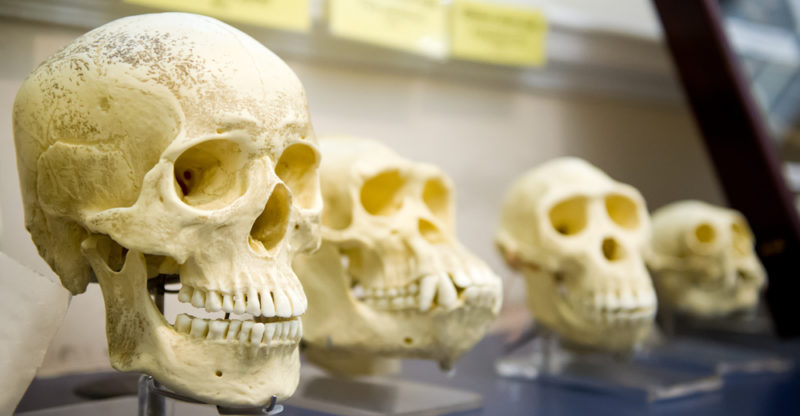
Anthropology is the main scientific discipline concerned with the study of the origin of man. In particular, scientific branches like archaeology, cultural anthropology, and physical anthropology draw knowledge from other disciplines, such as biology, paleontology, genetics, and physiology.
Interdisciplinary studies have made it possible to research and analyze fossil remains found by archaeologists, thus providing an evolutionary framework for the human species. In recent decades, scientific dating techniques have improved significantly, giving a more detailed chronological placement for fossil remains and materials from the different evolutionary stages of the genus homo.
However, there are several areas of contention among experts, and the evolutionary framework is still under way. The categorization of some fossil remains, or the interpretation of the origin of certain cultural traits continue to be subjects of discussion among researchers today. For this reason, it is possible to find differences in the periodization of the evolutionary framework for human evolution.
Stages of human evolution

Based on the discovery of fossil remains and materials, experts have drawn up an outline of human evolution, comprising the following stages:
Early ancestors: Australopithecus afarensis
The fossil remains of the earliest hominid ancestral to the human species belong to the so-called Australopithecus afarensis. Thanks to the discovery of fossils from 35 different individuals in Tanzania and a 40% complete skeleton in Ethiopia (named Lucy), specialists estimate that Australopithecus would have existed between 4 and 2 million years ago. These hominids walked upright, which gave them a number of advantages such as freedom of the hands to grasp objects while moving, as well as a central visual field.
- See also: Australopithecus
Origin of the genus homo: Homo habilis
Fossil finds in Olduvai (Tanzania) and Turkana (Kenya) made it possible to identify a distinct species descended from Australopithecus afarensis. The fossils, dating back approximately 2.5 million years, present a larger cranial volume. They were found alongside lithic (stone) artifacts in the form of cutting tools.
Territorial expansion: Homo erectus
Another hominid species, the Homo erectus descended from Homo habilis. Fossils discovered in Africa, Europe and Asia, have led experts to debate whether this hominid lineage ancestral to modern humans originated in Africa and then migrated to other continents. The fossil remains allow dating this evolutionary stage between 1.5 million and 500,000 years ago. Homo erectus communities crafted more complex tools and developed socially acquired subsistence patterns based on cooperation, division of labor, and food sharing. Evidence also suggests that they controlled the use of fire, and hunted large animals.
- See also: Homo erectus
Hominization process: from Homo sapiens to modern humans
Homo erectus worldwide underwent an evolutionary process where culture became the primary source of adaptive innovations. Gradually, there was a transition from homo erectus to the earliest homo sapiens (called "archaic"), and from this to a subspecies known as Homo sapiens sapiens, modern humans.
Fossil finds allow identifying different species of archaic homo sapiens, tracing their existence between 500,000 and 200,000 years ago. These fossils show a considerable improvement in their cranial and vocal capacities. Material evidence reveals congruent cultural development, and increasingly larger communities. Among the archaic Homo sapiens, numerous subspecies were identified, evolving into Homo neanderthalensis, who lived in colder climates, and Homo sapiens sapiens, who has remained the only surviving hominid species for 30,000 years, and to which modern humans belong.
Development of the human brain
One of the most prominent features of human evolution concerns the development of the brain and its learning capacities:
- Australopithecus. It presented an average cranial capacity of 450 cc, slightly larger than a chimpanzee.
- Homo habilis. Much more developed, it averaged around 650 cc of brain capacity.
- Homo erectus. Initially presented about 850 cc, but in its later individuals, it might have reached 1100 cc.
- Homo neanderthalensis. It reached slightly more than 1150 cc of cranial capacity.
- Homo sapiens. It has an average brain capacity of 1550 cc.
Opposable thumbs
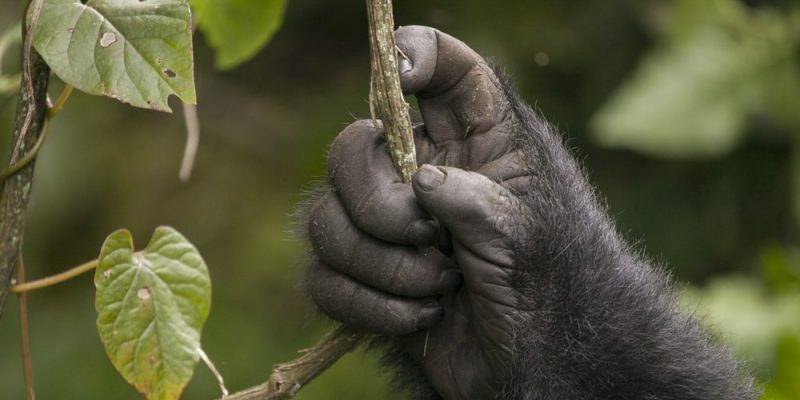
A distinctive feature of human evolution is the presence and utility of opposable thumbs. We share this trait with higher primates, and it only became useful once bipedalism was developed and the upper limbs were freed.
The fact that our thumbs can touch the tips of the rest of our fingers allows precise and accurate use of hand-held tools.
Articulated language
A defining trait distinguishing Homo sapiens from its ancestors is the emergence of articulated language. It allows us, among other things, to formulate and share complex thoughts, making it possible to refer to objects that are not present, but which can be represented through symbols.
Bipedalism
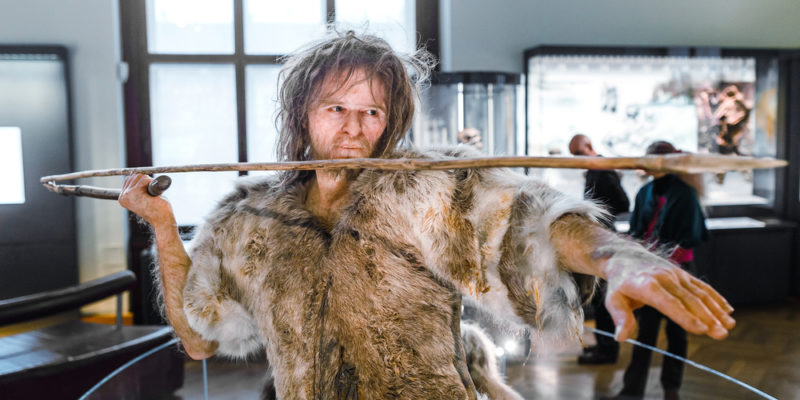
Unlike the straight spine of apes, the spine of humans and their ancestors exhibits curves. These curves are designed for bipedalism, enabling the support of the body's entire weight. The human spine functions like a spring, with rounded vertebrae supporting the weight of the head and torso.
Evolutionary timeline
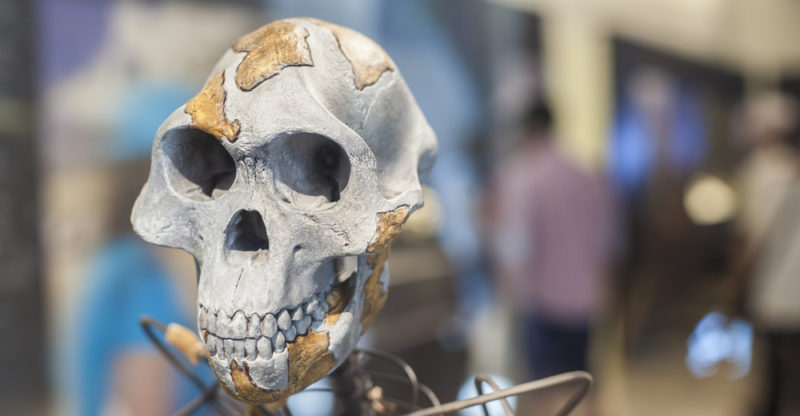
Among the main species in hominid evolution are:
- Australopithecus afarensis. 4-2 million years ago.
- Homo habilis. 2.6-1.5 million years ago.
- Homo erectus. 1.5 million to 500,000 years ago.
- Archaic Homo sapiens. 500,000-200,000 years ago.
- Homo neanderthalensis. 500,000-30,000 years ago.
- Homo sapiens sapiens. 200,000 years ago. It has been the only human species for the past 35,000 years.
Explore next:
References
- López Serrano, A. (1996). Proceso de hominización y cultura material. La aportación de la antropología histórica.
- Harris, M. (1981). Introducción a la antropología general. Alianza.
- Leakey, R., & Lewin, R. (1994). Nuestros orígenes. RBA editores.
- “Evolución humana”. Wikipedia.
- “Evolución del hombre”. Profe en Historia.
- “Evolución del hombre”. Historia Cultural.
- “Evolución del hombre – Conceptos de Teoría”. Todo Sobre Ciencia.
- “Evolución del ser humano”. BioEnciclopedia.
- “Human Evolution”. Enciclopaedia Britannica.
- “Introduction to Human Evolution”. sitio Web del Smithsonian National Museum of Natural History.



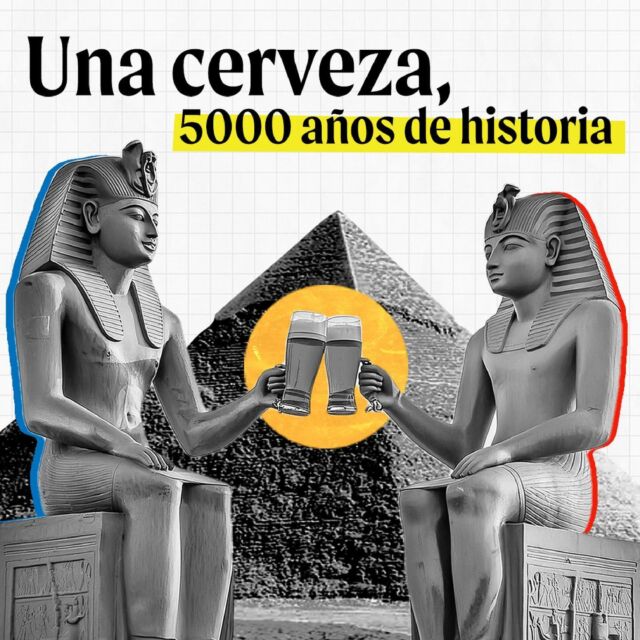

Was this information useful to you?
Yes NoThank you for visiting us :)